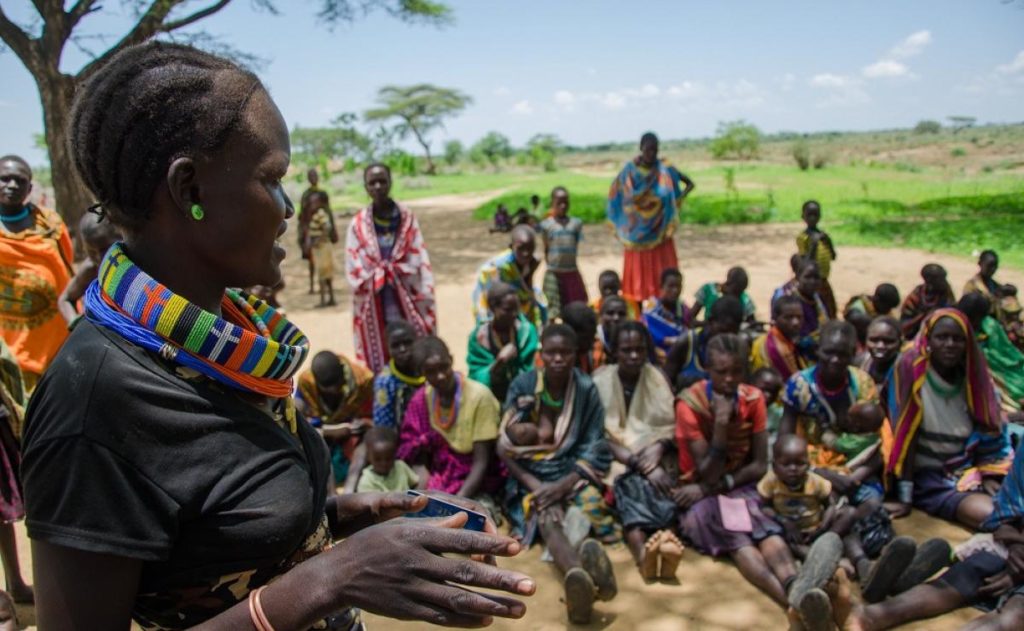Harnessing The Power Of Technology To Feed All Of Uganda
There is a strange complex with food production in Uganda. It’s a nation that produces more food than it consumes but its children are suffering from malnutrition. How can this happen? And what innovations are happening in food and technology to fix this?
Uganda has always been referred to as ‘The Pearl of Africa’. The luscious green hills and stunning landscapes blanket the country and earn the nation this name. This same landscape provides an abundance of food, with 89% of the population being food secure according to Food and Agriculture Organisation of the U.N. Moreover, agriculture is the foundation of the Ugandan economy. The sector employs 73% of the countries labor force and makes up 27% of the country’s GDP.
However, in this same country over one quarter of children under the age of five are stunted. Stunting occurs when a child does not get enough nutrients. This happens when diets are not diverse enough or the child is simply not eating enough food. As a result, their growth from a young age is damaged.

However, in this same country over one quarter of children under the age of five are stunted. Stunting occurs when a child does not get enough nutrients. This happens when diets are not diverse enough or the child is simply not eating enough food. As a result, their growth from a young age is damaged.
Malnutrition at this stage of growth is far more dangerous than for older age groups. A child’s cognitive potential is decided in their first three years of life. This is known as the 1,000-day imperative. In other words, the nutrition that is consumed in these days dictates the child’s intellectual capabilities. Therefore, it is crucial that a child receives adequate nutrition during these formative years. The Lancet medical journal has found that nearly 15% (one million) of deaths of children younger than five years can be reduced if there were core nutrition interventions implemented.
Feed a Million Mouths International (FAMMI) is using its NRG Xtra scheme to provide this vital nutrition. Children that are at risk of this are provided with a porridge that is rich in nutrients and minerals. One of FAMMI’s core beliefs is that a nutritious diet is key to climbing out of the poverty trap. This scheme is funded through the Buy Breakfast initiative on their website.
Inefficiencies within Ugandan farming plays a major role in the cause of these food shortages and malnutrition. A lot of produce that is yielded in Uganda goes to waste before it even reaches the table. For many farms there is not sufficient storage facilities. Crops are just left outdoors in piles. Food is left exposed to rodents and to rain which causes mold to build in the produce. The cold chain is in its infancy in the country. As a result, there is less money in the farmers’ pocket and less food on the dinner table for the people.

Developments are being made in food technology to tackle this pressing issue. Such innovations include communal warehouses which are springing up over Uganda. This is a space used by farmers in the surrounding area to store their food. Where crops were once stored in piles out in the open, they are now dried out and stored indoors. This simple change saves crops from being left to waste.
The World Food Programme has built or subsidized 70 warehouses in Uganda. These warehouses also act as commercial hubs for the local area. Now farmers have a place where the manufacturers and farmers can meet each other. Furthermore, these warehouses are being used as education centres. Classes are held in these warehouses to teach new farming skills and techniques. Through this, efficient and sustainable practices are introduced into the trade.

Another breakthrough in innovation is a system called Scope Coda. This is a medical card that is being brought into the mainstream in Uganda. The goal would be to have patients carry this card. It aims to create a single database where medical information is stored for each patient. Doctors would be able to more efficiently track the medical history of patients with this. Scope Coda would allow one large database which gives doctors a better understanding of their patient. This would result in better dietary recommendations for the patient.
Despite the drastic change that is needed in Uganda, The Pearl of Africa is certainly showing that it’s food technology sector will provide major solutions to these problems.
About the author:
Donal Corrigan

Like!! Great article post.Really thank you! Really Cool.
Thank you for your sharing. I am worried that I lack creative ideas. It is your article that makes me full of hope. Thank you. But, I have a question, can you help me?